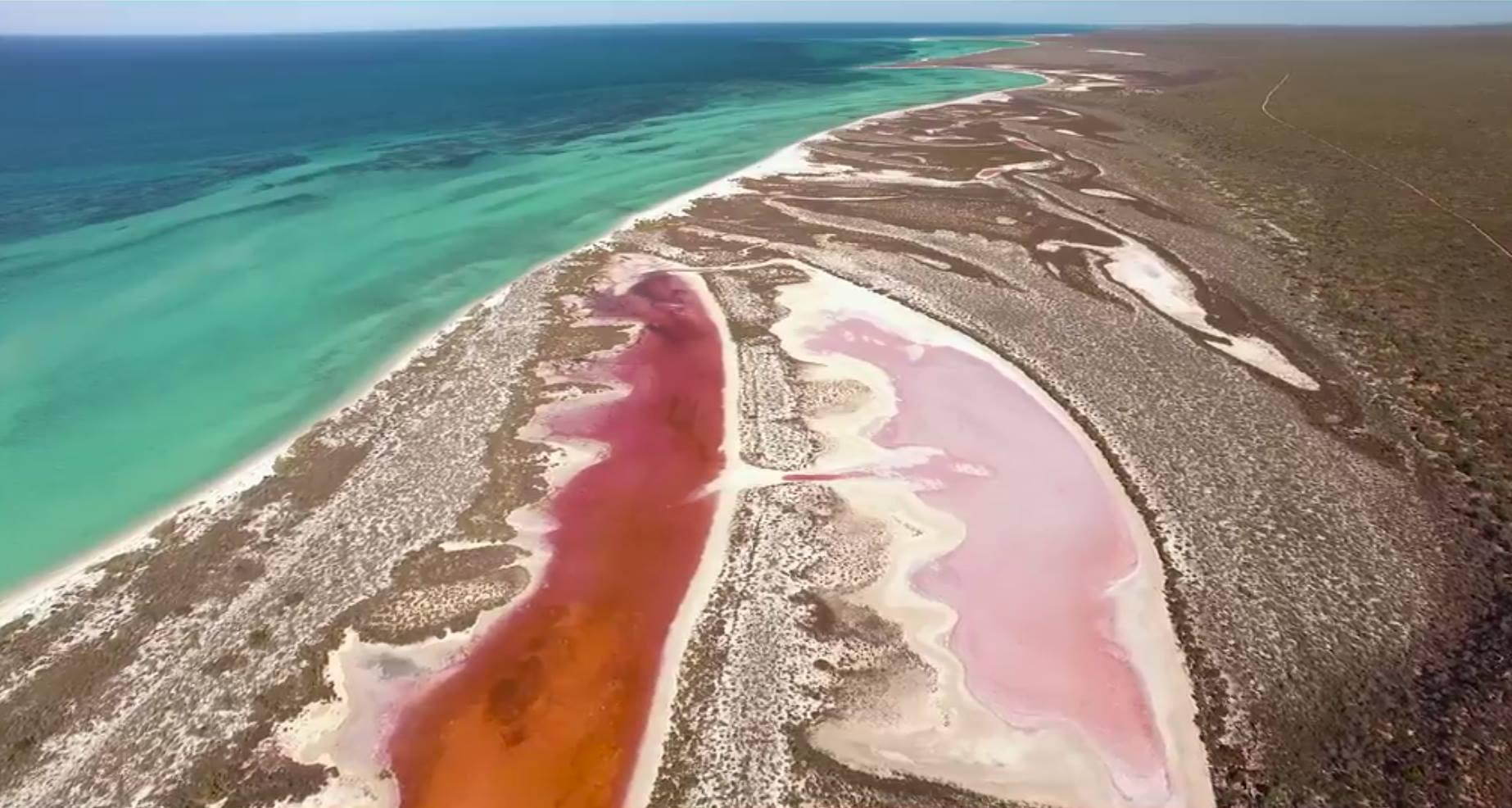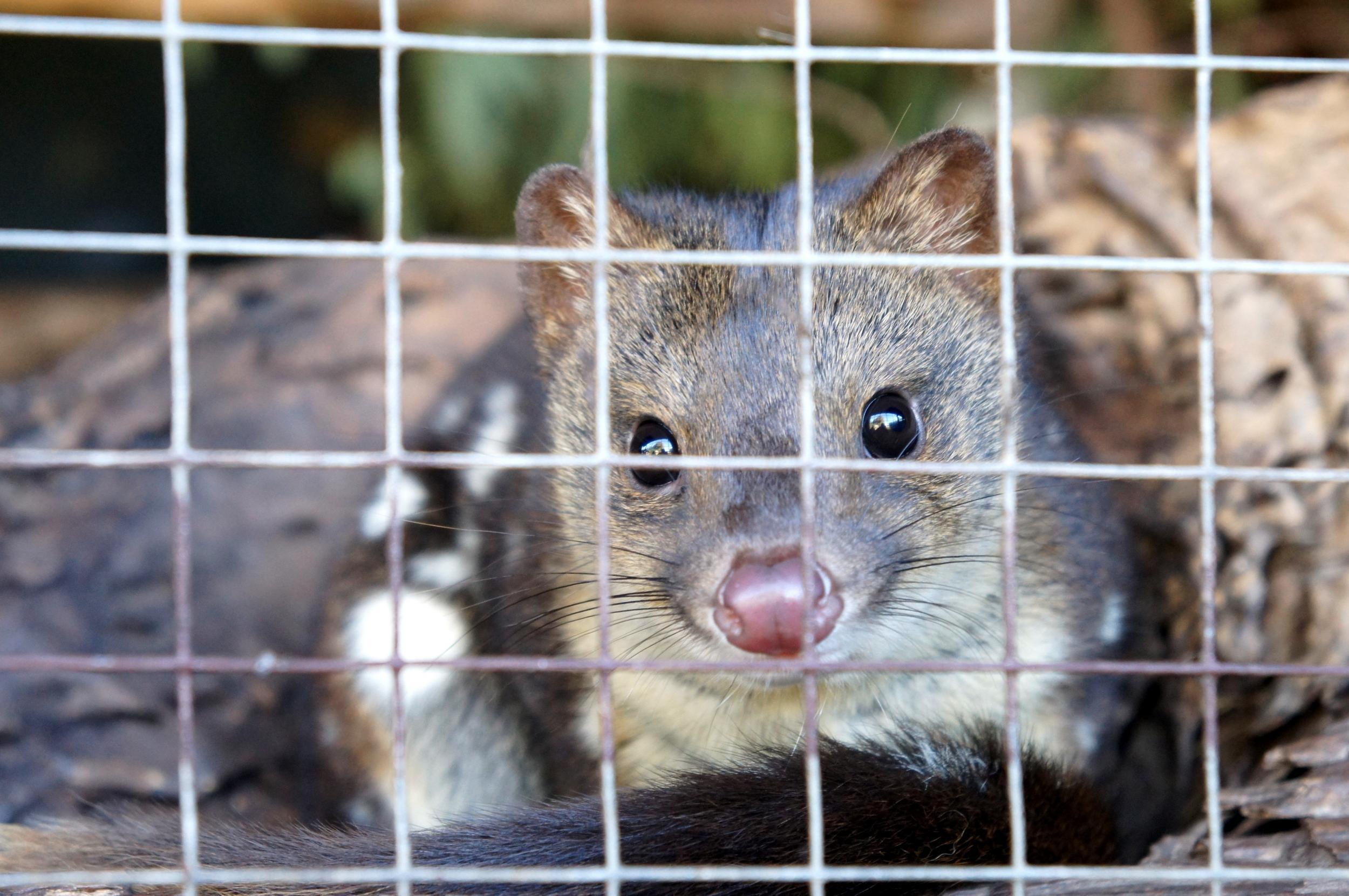The Independent's journalism is supported by our readers. When you purchase through links on our site, we may earn commission.
Castaway in Shark Bay: Is this Australia’s most beautiful desert island?
Dirk Hartog Island has survived feral cat invasions and an army of hostile sheep to become one of the greatest isolated beauties to be found Down Under

Your support helps us to tell the story
From reproductive rights to climate change to Big Tech, The Independent is on the ground when the story is developing. Whether it's investigating the financials of Elon Musk's pro-Trump PAC or producing our latest documentary, 'The A Word', which shines a light on the American women fighting for reproductive rights, we know how important it is to parse out the facts from the messaging.
At such a critical moment in US history, we need reporters on the ground. Your donation allows us to keep sending journalists to speak to both sides of the story.
The Independent is trusted by Americans across the entire political spectrum. And unlike many other quality news outlets, we choose not to lock Americans out of our reporting and analysis with paywalls. We believe quality journalism should be available to everyone, paid for by those who can afford it.
Your support makes all the difference.It’s at the northern tip that Dirk Hartog Island’s end-of-the-earth feel is at its strongest. A bumpy, two-and-a-half hour drive over corrugated pseudo-tracks – passing wild sand dunes and eerie, pink-tinged lakes – leads to lonely, scrubby, rubbly cliffs. Down below is Turtle Beach, a simply staggering stretch of chalky white sand, backed by the rich blue seas of the Shark Bay World Heritage Area.
There’s no one else around, and if it wasn’t for a wooden stake rammed into a cleft in the rock, there’d be no reason to suspect anyone ever had been.
Attached to the stake is a rusting metal plate bearing a scratched message: “I’ll be back in 2016. Dirk Hartog of the Eendracht.”

It’s fair to say this is not the original plate at Cape Inscription. In October 1616, way before Lieutenant James Cook claimed Australia for Britain, Dirk Hartog was one of several Dutch East India skippers who plied the trade route from the Netherlands to what is now Indonesia.
The Eendracht became detached from the fleet in Cape Town, then followed the quicker Roaring Forties route east. Hartog miscalculated when to turn north, though, and did so later than usual. This brought him into contact with a strange coastline of brutally steep, forbidding cliffs now known to be Western Australia’s. He made landfall at an island on the western fringe, not particularly interested in the continent that lay beyond. And now Dirk Hartog Island is named in his honour.
Hartog wasn’t the first European to land in Australia – that honour falls to fellow Dutchman Willem Janszoon who, in 1606, got chased off Cape York in the north-east. But Janszoon probably thought he was in New Guinea and, at Cape Inscription, Hartog was the first to leave documentary evidence.

That evidence – an engraved pewter plate – can now been found in Amsterdam’s Rijksmuseum. It was commandeered by later Dutch explorer Willem de Vlamingh, who decided to take the plate and leave a replacement. Vlamingh’s plate, in turn, was taken by Frenchman Louis de Freycinet – it’s now on display in the Western Australian Maritime Museum in Fremantle.
The musical plates game, then, has left Cape Inscription with today’s makeshift marker – though at least this one is unlikely to get pilfered. (The 400th anniversary celebrations for Dirk Hartog Island this month, however, will include the embedding of new replica Hartog and de Vlamingh plates at Cape Inscription.) The only other sign of life here is a lighthouse; its shadow proves the only shade for miles around. Today, there’s a thrill in being somewhere so inhospitable, so isolated. For the Dutch in the 1600s, however, it’s little wonder they didn’t show much interest in exploring it further.
Getting to Cape Inscription isn’t quite the achievement it was 400 years ago, but it takes a fair old effort. Dirk Hartog Island forms the ruggedly beautiful western flank of Shark Bay. It is not named sarcastically, should anyone be thinking of swimming across from Denham, 826km north of Perth and the only passable imitation of a town in the region. From the Dirk Hartog Eco Lodge, the only accommodation on the island, getting to Cape Inscription requires the aforementioned bumpy, 4x4 journey – a six-hour round trip. But it’s a glorious slice of outback adventure, punctuated by pretty cove beaches, and evidence of a phenomenally ambitious new conservation project.

This intoxicatingly remote island’s previous incarnation was as a sheep station – 25,000 sheep lived here during Australia’s wool boom. And this had disastrous consequences for the local ecology, with native creatures dying out in favour of the imports.
Kieran Wardle, whose grandfather owned the station, now runs the Dirk Hartog Island Eco-Lodge and 4x4 tours up to Cape Inscription. He says things have changed dramatically in the last seven years. “In 2009 the island was declared a National Park, and the last sheep were removed. The bush has all regrown since then – it was bare,” he tells me.
Now, the island is at that curious transitional stage of regrowth, with vegetation retaking the dunes and wild greenery flourishing where once it would have just been dinner.
Half-way up, a gate needs opening. It’s part of a fence stretched across the island to keep out human-introduced, feral cats. An eradication programme is in place and once the rangers are sure the killer cats are gone, several marsupial species with marvellously Australian names – including the big-eared, mouse-like bandicoot and the ultra-cute, spotty-backed chuditch – will be reintroduced.

The land may be recuperating, but the coastline is exquisitely beautiful. Particularly at Turtle Bay, which has a crescent beach that would be the envy of anywhere in the world. Here, Kieran leads towards a stunted tree, which played a part in Dirk Hartog Island’s third historic visit.
In 1772, French explorer Louis Aleno de St Alouarn arrived at the helm of the Gros Ventre. He sent his men ashore, and had them claim the country for France. A bottle with two coins and a parchment setting out the claim was buried under that tree.

The bottle was discovered 226 years later, and St Alouarn died before he could return to France. The shipmates that did return clearly didn’t make a great sales pitch – otherwise Australia would have ended up as a French, rather than British colony.
But that ship has long since sailed.
Travel essentials
Getting there
Etihad Airways (0345 6081225; etihad.com) flies to Perth via Abu Dhabi from Heathrow, Manchester and Edinburgh. Return fares start at £653.
From Perth, it’s around a 10-hour drive to Dirk Hartog Island, although it is best tackled as part of a longer west coast road trip. Advance barge bookings and 4x4s from Steep Point via the Lodge are essential if driving. Otherwise, Skipper’s Aviation (00 61 8 9479 1244; skippers.com.au) flies to Shark Bay Airport from Perth from AU$314 (£197) return, and the Lodge offers a ferry service from Denham, which is 9km from the airport.
Staying there
The Dirk Hartog Island Eco-Lodge offers a three-night package in en-suite accommodation at the Homestead for AU$1,338 (£837) per person. This includes all meals, soft drinks and return transfers from Denham, plus a full-day 4x4 trip to Cape Inscription. See dirkhartogisland.com.
More information
Join our commenting forum
Join thought-provoking conversations, follow other Independent readers and see their replies
Comments